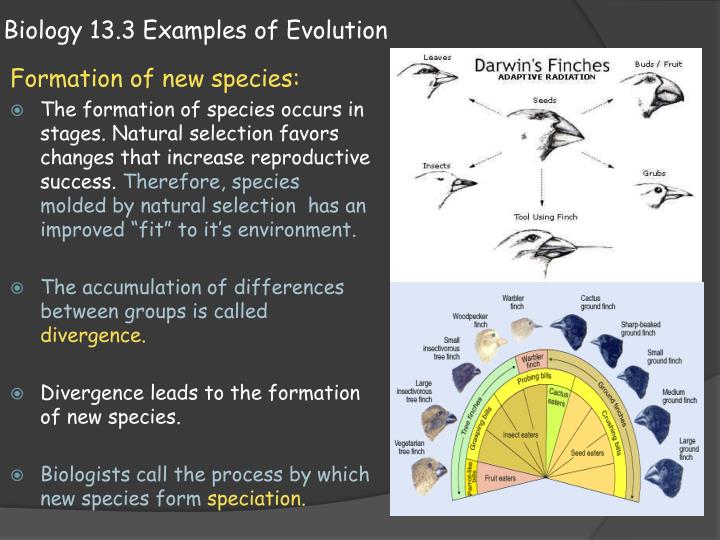

Phylogenetically focused biologists have been more concerned with the origin of new characters, a topic addressed in Müller and Wagner 1991, Müller and Wagner 2003, Müller 2002, and Peterson and Müller 2013. Paleontologists have tended to focus on evolutionary innovation expressed as the origin or higher taxa, and thus Jablonski 2001 focuses on the evolution of orders where more data are available.

The papers in this section provide general introductions and definitions to evolutionary innovations from several different points of view. Thus the topic of evolutionary innovation is inextricably linked to novelty, which is considered here as well, as well as to a host of other issues in evolutionary biology, such as the developmental basis of morphologic change, the nature of phenotypic characters, and the role of phylogenetic analysis in characterizing increased rates of taxonomic diversification, which may be related to “key innovations.” Fortunately, the development of new techniques such as phylogenetic analysis and comparative phylogenetic methods, as well as comparative developmental biology (“evo-devo”), has provided a more rigorous mechanistic basis.

More recently innovations have been recognized at genetic and developmental levels, and associated with the origin of new levels of selection through work on the Major Evolutionary transitions.

Early work on innovation was generally associated with the origin of morphological novelties that were generally recognized, within a Linnean taxonomic framework, as higher taxa. Innovation has been one of the most contentious issues in evolutionary biology in the past several decades, in part because defining how innovation differs from other types of evolutionary change, such as adaptation, has proven difficult.


 0 kommentar(er)
0 kommentar(er)
